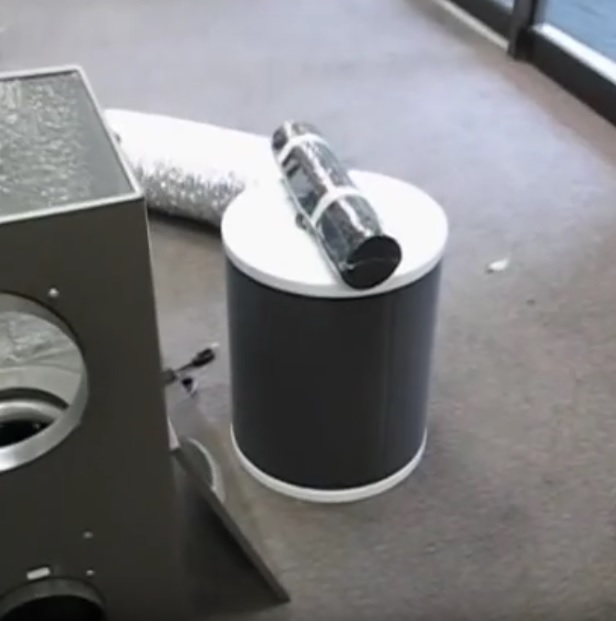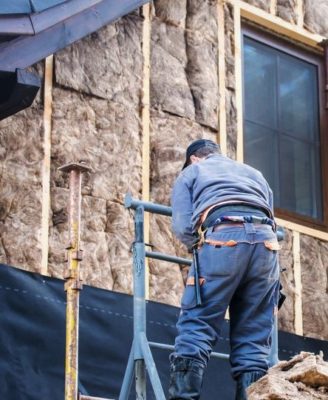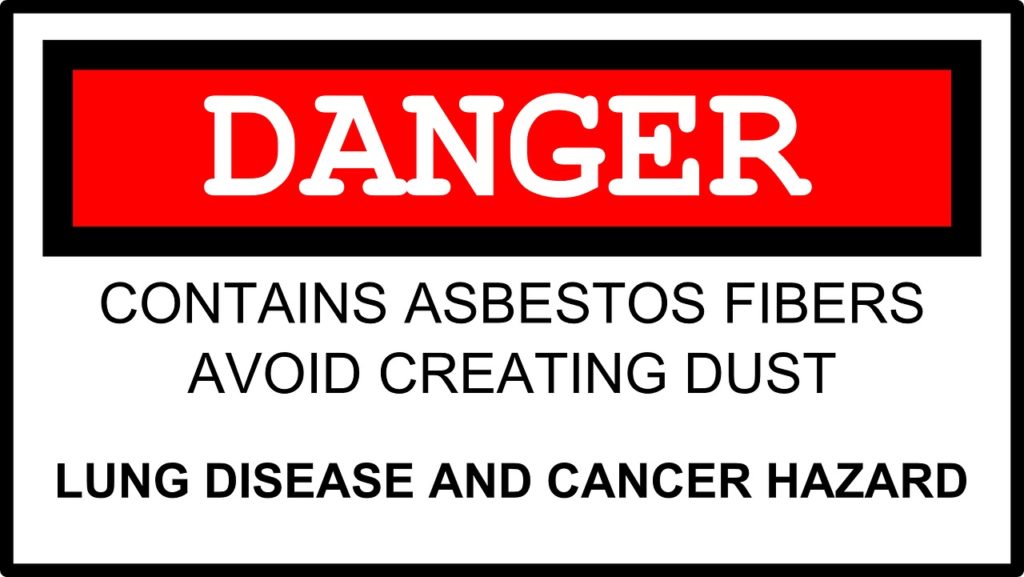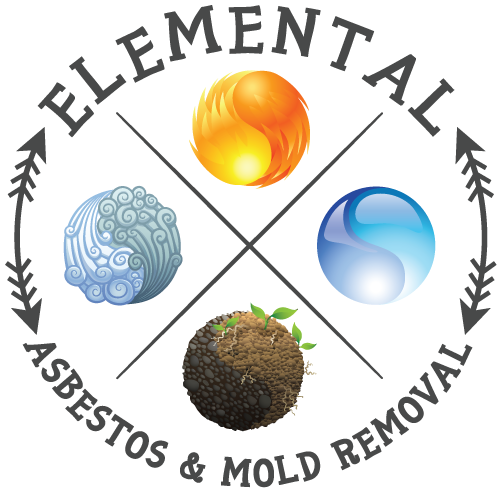On the list of harmful airborne contaminants, asbestos ranks among the most hazardous. At one time the most frequently used material in a vast array of products and industries, this fibrous substance has since been outlawed in a majority of the developed world. Exposure to airborne asbestos fibers can pose severe long-term health risks as well as death, so it is important to ensure the air that you, your family, and your employees are breathing is completely free of asbestos. If you are concerned about possible asbestos exposure in your home or business, you may be considering using a HEPA air filter.

Commonly abbreviated as HEPA, the high efficiency particulate arresting (or absorbing) air filter is a specialized mechanical filter designed to improve the indoor air quality by efficiently eliminating a number of different airborne allergens and particles that can be harmful or irritating to humans. Inside a HEPA filter is a screen-like sheet of fibers, usually made of fiberglass, which catch and trap the tiny particles as air flows through the filter. Since the HEPA air filter is by design capable of capturing only solid particles, it cannot purify the air of any gases, but it is able to catch the most minuscule, dangerous, and difficult-to-trap of these solid particles, including – but not limited to – mold spores, bacterial and viral organisms, dust and dust mites, animal dander, smoke, and asbestos.
Although the effectiveness of a filter can depend upon the quality of the product and the prowess of the user, the average HEPA air filter generally clocks in at a 99.97 percent efficiency rating. For the highest air quality possible, experts recommend running a HEPA air purifier several times in the same area to ensure that all harmful particles and fibers have been screened out, especially when dealing with asbestos. One thing to remember is that the scope of a HEPA air purifier is limited to treating the air only in the room in which it is stationed. Simply leaving the room’s doors open does not mean that the air in any adjacent rooms will be purified. To cleanse the entire building, the unit must be transferred from room to room or multiple units can be used to expedite the process.
Technically, the answer is yes. Airborne asbestos fibers are solid particles that vary in size between 0.7 and 90 microns, while HEPA air filters are built to best absorb particles above and below 0.3 microns, so these appliances have no trouble capturing the tiny toxic fibers. In fact, HEPA air purifiers and HEPA vacuum cleaners – fully equipped with HEPA filters and securely sealed at both ends – are used by certified professionals both indoors and outdoors in the remediation of asbestos, mold, lead, and other irritants. However, while they are great at what they do, HEPA air filters can only do so much if the original source of exposure is still located within the building and producing airborne particles.
If you are experiencing issues with asbestos contamination, it is probably coming from an open source such as deteriorating wall or piping insulation, drywall joint compound, or some other source. Because HEPA air filters are created to be truly effective only in the absence of any open sources of particle generation, it is impossible to completely cleanse the air environment before the contaminated area has been investigated and handled properly by a trained and experienced asbestos professional. Until the asbestos has been remediated, the best you can hope for with a HEPA air filter is a negligible reduction in the net density of fibers in the air by achieving dynamic equilibrium between particle generation and eradication. Even this approximate 50/50 split isn’t a permanent change, as the filter will eventually reach a saturation point where it no longer provides the same efficiency it once did.
Another note of interest about using a HEPA air filter to remove asbestos and other contaminants from an indoor air atmosphere is that it can take quite a bit of time to lower the particle count in a room. The recirculating ventilation system redistributes the purified air from the filter at a remarkably slow rate in comparison to the total volume of air in the room, even without any open sources of particle generation present in the building, meaning that it could be hours or days until the concentration of airborne asbestos fibers has been reduced completely. When dealing with asbestos, any amount of exposure to these harmful fibers can be hazardous to your long-term health. The recommended course of action would be to isolate the room by closing windows and doors, turn on the HEPA air filter, and leave the room for an extended period to allow the system to work its magic.
For best results, choose HEPA air filters that offer a higher exchange rate of air per hour. The air exchange rate correlates directly to the efficiency and effectiveness of a given HEPA filter as it purifies the air in a certain space. The higher the air exchange rate, the more efficient a HEPA filter is. To ensure that all remnants of asbestos particles have been eliminated, look for a high-quality brand – while some are capable of delivering up to 15 air exchanges per hour, others are limited to as few as two air exchanges per hour. As always, consult a knowledgeable asbestos abatement professional immediately if you fear you may be experiencing asbestos exposure.

Unless you are trained and experienced in dealing with asbestos abatement, it cannot be stressed strongly enough that an undertaking of this magnitude should be left in the capable hands of qualified professionals with the extensive knowledge and certifications to handle the situation safely and effectively. The dangers of asbestos exposure are all too real and should never be viewed lightly. It might be tempting to save a few bucks by adopting a do-it-yourself attitude and tackling it alone armed with determination and a HEPA filter, but the downside could turn out to be tragic in the long run. Asbestos should be removed and disposed of safely and securely by professional contractors with protective equipment and appropriate monitoring following a strict set of safety guidelines to ensure the long-term health of everyone involved.
Derived from the Ancient Greek word for “inextinguishable”, the term asbestos refers to a family of six naturally occurring minerals characterized by their long, narrow fibrous crystals. As its etymology implies, asbestos boasts some remarkable properties that made it an ideal component in the production of consumer goods and construction of residential, commercial, and industrial buildings for decades. Not only is asbestos fireproof and impervious to the outdoor elements, electricity, and chemical corrosion, it is also soundproof and can strengthen construction and manufacturing materials such as cement, plastic, paper, and cloth when mixed together.
Unfortunately, the so-called “magic mineral” was too good to be true. Although asbestos is virtually harmless when left untouched, the true threat lies in its microscopic fibers, which are released into the air every time the material is disturbed and subsequently inhaled or otherwise ingested by anyone nearby. Compounding the problem is the friability of asbestos, as the material can break or crumble quite easily when it is touched. Since the fibers are so tiny, they cannot be seen by the naked eye, so exposure can occur without even realizing it.

Repeated and intense exposure to airborne asbestos fibers can lead to serious long-term health conditions ranging from asbestosis and chronic obstructive pulmonary disease (COPD) to mesothelioma and lung cancer. In many cases, symptoms have not appeared until years after the initial contact with asbestos, meaning that these lethal fibers can build up inside the body over a period of time and you may not find out until it’s too late. Keep in mind that there is no amount of asbestos exposure that is safe. For this reason, it is imperative that you enlist a qualified professional if you are planning to renovate an older home or building and aren’t certain about the presence of asbestos on the property.
While some underdeveloped nations – and the United States – still allow the inclusion of varying levels of asbestos in mass production, its use has been drastically reduced throughout much of the world. However, if you live or work in a facility built before the 1990s that hasn’t been properly remediated, there is a good chance that asbestos is lurking somewhere in your home, office, factory, or warehouse. In cases of potential exposure to airborne asbestos fibers, or if you’re unsure if asbestos is present in the building and wish to have it checked out, get in touch with a reputable and experienced asbestos investigation and abatement company instead of attempting to do it yourself.

